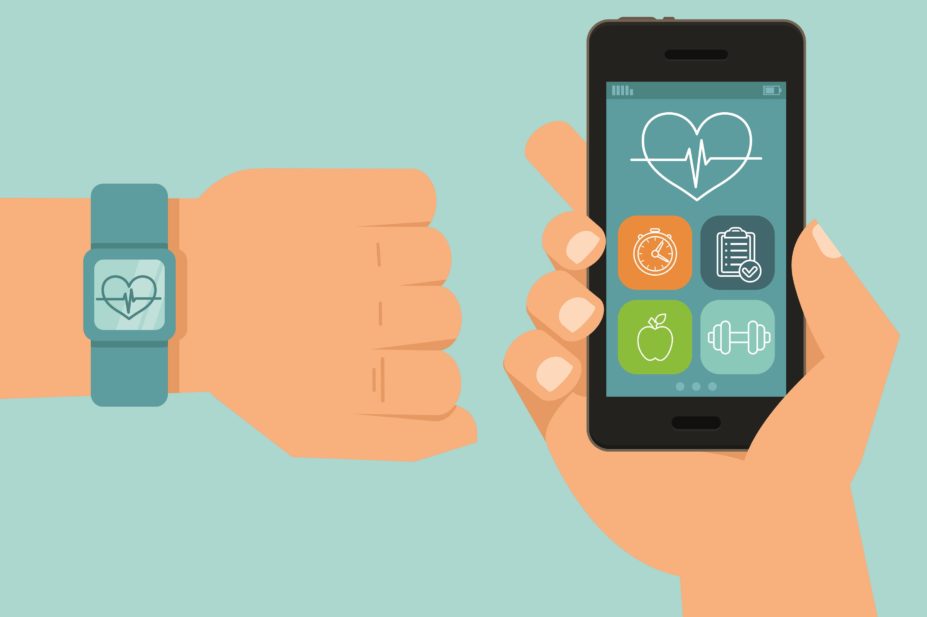
“Trackers” appearing as watches and bracelets have given new meaning to being able to “watch your health” as they allow the user to monitor their sleep cycle and heart rate during varying types of everyday to active exercise. All are linked up with a mobile application (it works on iOS, Android and Windows). Trackers can calculate the number of steps taken in a day and the “points” that this equates to, in comparison with an average person of the same gender and age. They also have the ability to wake the user up quietly in the morning and illuminate how far the user is with their daily exercise goal via lights on the tracker.
Whilst it’s not exactly clear how a point is calculated, what is clear is how useful this technology could be as an accessible way of aiding health promotion and empowering people to make gradual positive changes to their lifestyle. This will enable patients to feel better and achieve more. Being able to monitor and adjust sleep, hygiene and exercise at one’s finger tips also currently has uses in areas spanning across a variety of clinical areas. Trackers seem to provide the user the perfect convenience of changing their lifestyle through a mobile phone application.
So, is there also the potential to use trackers to enable a reduction or prevention in the use of the NHS? If trackers are able to intelligently promote healthy lifestyles, then they would therefore reduce risk of more serious clinical events down the line as well. The NHS is amassed with economic burdens; for one, patients being unnecessarily admitted into secondary care/hospital with avoidable complications. So, trackers could be saving the organisation money in the long run too. Wouldn’t that be great?
The forward movement of innovation between technology and healthcare seems, to me, to be the future of products for patients. As 2015 begins, I’m excited to watch the future development of such technologies to enable patients to do even more, feel even better and live even longer.
You may also be interested in

Calling the shots: the pharmacists combatting vaccine misinformation

Embedding quality improvement in pharmacy practice: a departmental strategy at University Hospitals of Derby and Burton
